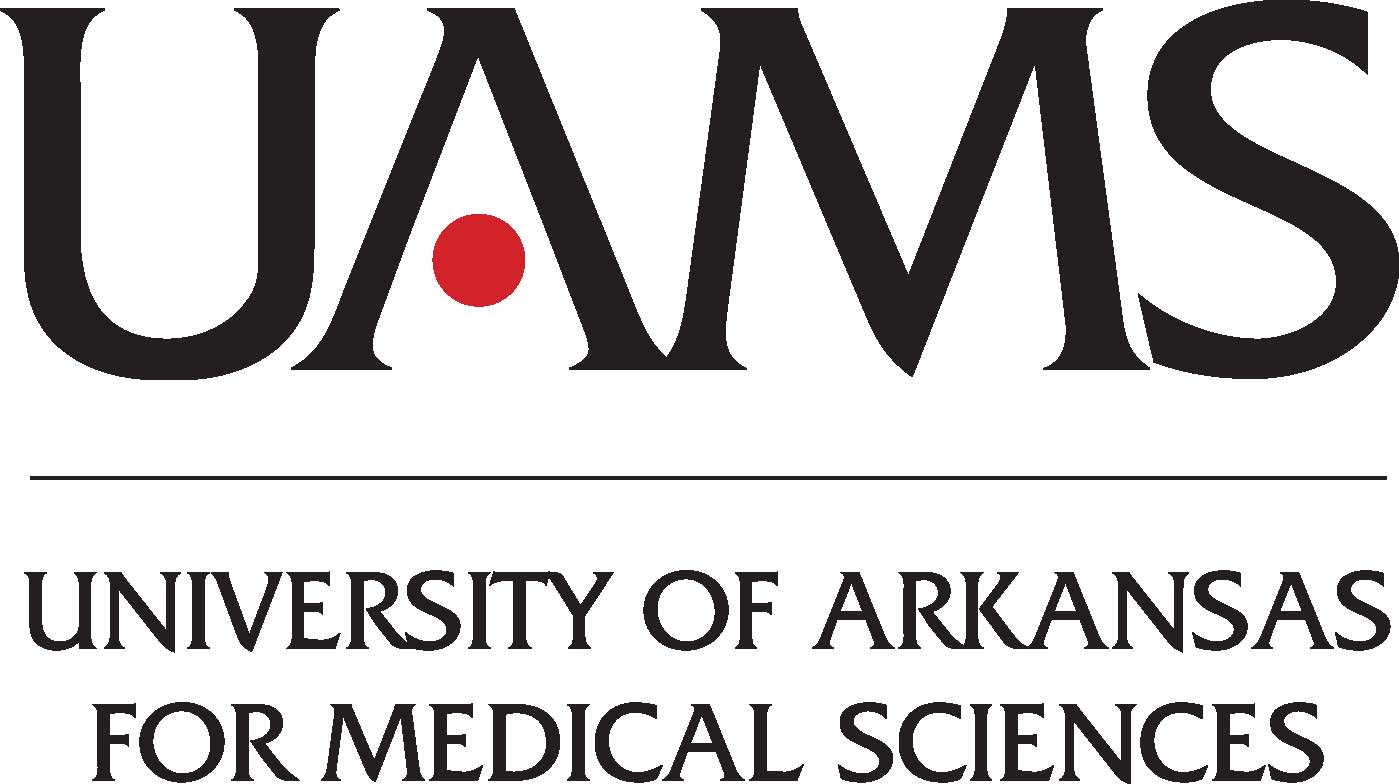Detecting Circulating Emboli in Patients With Acute Venous Thromboembolism
| Status: | Withdrawn |
|---|---|
| Conditions: | Cardiology, Cardiology |
| Therapuetic Areas: | Cardiology / Vascular Diseases |
| Healthy: | No |
| Age Range: | 18 - Any |
| Updated: | 7/27/2018 |
| Start Date: | July 2018 |
| End Date: | December 2019 |
Detecting Circulating Emboli in Patients With Acute Venous Thromboembolism Using in Vivo Photoacoustic Flow Cytometry (PAFC)
The purpose of this study is to further evaluate and adjust the photoacoustic flow cytometry
device and its use in detecting circulating emboli.
Study Design: Cohort 1: Normal healthy volunteers will be enrolled to further adjust the
device settings. Cohort 2: Use the Phatoacoustic flow cytometry (PAFC) to detect circulating
emboli in vivo in patients with venous thromboembolism at diagnosis, during and after
anticoagulation therapy.
device and its use in detecting circulating emboli.
Study Design: Cohort 1: Normal healthy volunteers will be enrolled to further adjust the
device settings. Cohort 2: Use the Phatoacoustic flow cytometry (PAFC) to detect circulating
emboli in vivo in patients with venous thromboembolism at diagnosis, during and after
anticoagulation therapy.
Laser beam from the investigational device Phatoacoustic flow cytometry PAFC will be applied
to skin and underlying blood vessels. The optical and ultrasound signal will be collected for
analysis. On each tested vessel, we will estimate the vessels diameter (using optical or/and
ultrasound imaging). The subject's skin pigmentation will be classified as light, medium, or
dark. A photoacoustic (PA) contrast will be considered usable for detection of circulating
emboli if the photoacoustic signal from the vessels is more than 1.3-fold higher than the
photoacoustic signal from surrounding tissue. The device for subjects enrolled on cohort 2
will be completed on day 0 (immediately after venous thromboembolism diagnosis and prior to
anticoagulation therapy), day 7 ± 3 days after initiation of anticoagulation therapy, one
week ± 3 days after completion of planned anticoagulation therapy and one month ± 3 days
after completion of planned anticoagulation therapy. Anticoagulation therapy is part of the
patient's normal standard of care and is not part of this study however data from what
therapy was received may be captured. D-dimer test will be performed on each time point as
part of their normal standard of care however if the D-dimer test is not ordered as part of
the standard of care it will be required for the study.. Patients will then be followed in
hematology clinic to monitor the venous thromboembolism recurrence every 3 months for one
year.
to skin and underlying blood vessels. The optical and ultrasound signal will be collected for
analysis. On each tested vessel, we will estimate the vessels diameter (using optical or/and
ultrasound imaging). The subject's skin pigmentation will be classified as light, medium, or
dark. A photoacoustic (PA) contrast will be considered usable for detection of circulating
emboli if the photoacoustic signal from the vessels is more than 1.3-fold higher than the
photoacoustic signal from surrounding tissue. The device for subjects enrolled on cohort 2
will be completed on day 0 (immediately after venous thromboembolism diagnosis and prior to
anticoagulation therapy), day 7 ± 3 days after initiation of anticoagulation therapy, one
week ± 3 days after completion of planned anticoagulation therapy and one month ± 3 days
after completion of planned anticoagulation therapy. Anticoagulation therapy is part of the
patient's normal standard of care and is not part of this study however data from what
therapy was received may be captured. D-dimer test will be performed on each time point as
part of their normal standard of care however if the D-dimer test is not ordered as part of
the standard of care it will be required for the study.. Patients will then be followed in
hematology clinic to monitor the venous thromboembolism recurrence every 3 months for one
year.
Inclusion Criteria Cohort 1:
- Age 18 years and older
- Willing to adhere to protocol.
- Signed informed consent
Exclusion Criteria Cohort 1:
- Unable to provide informed consent.
- History of venous thromboembolism.
- Currently receiving anticoagulant therapy.
Inclusion Criteria Cohort 2:
- Ages 18 years and older
- Confirmed new diagnosis of acute venous thromboembolism.
- performance status of equal to or less than 2.
- Able to receive anticoagulation therapy.
- Willing to adhere to specific protocol requirements.
- Signed informed consent.
Exclusion Criteria Cohort 2:
- Life threatening venous thromboembolism.
We found this trial at
1
site
529 West Markham Street
Little Rock, Arkansas 72205
Little Rock, Arkansas 72205
(501) 686-7000

Principal Investigator: Zhifu Xiang, MD
Phone: 501-686-8274
University of Arkansas for Medical Sciences The University of Arkansas for Medical Sciences (UAMS) in...
Click here to add this to my saved trials